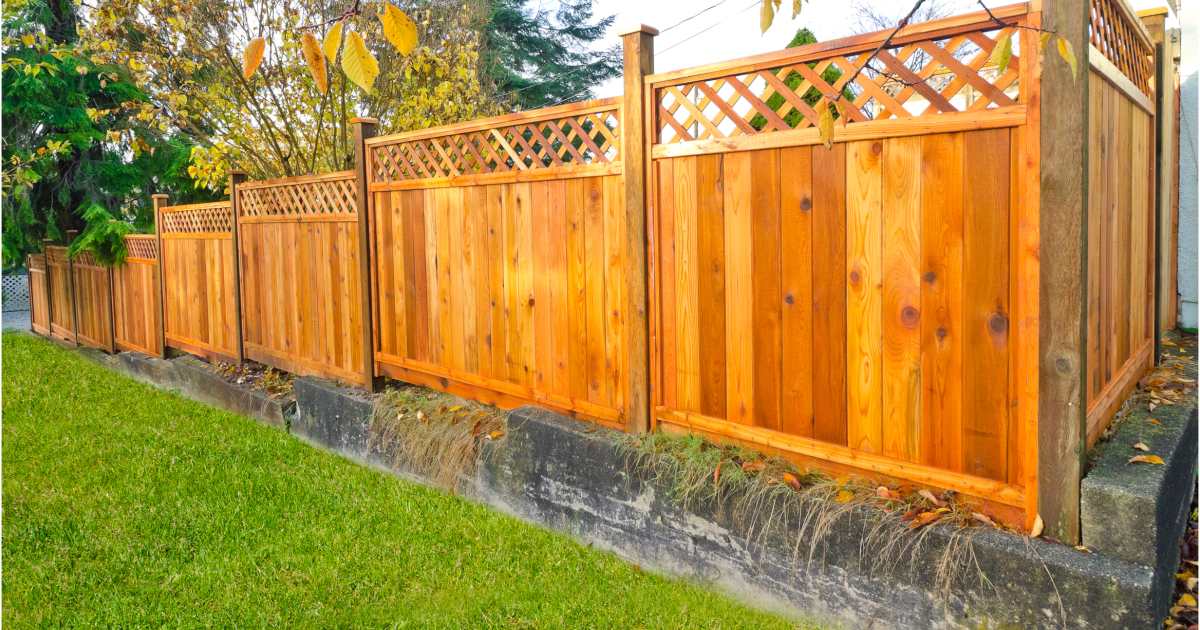All Categories
Featured

When taking into consideration setting up a fence on your residential property, one of one of the most vital actions is to comprehend whether you require a license. Fencing setups often need an authorization to make sure that the framework adheres to local zoning legislations, building codes, and safety requirements. The particular authorizations called for can differ depending on your location, the sort of fence you prepare to mount, and the elevation or positioning of the fencing. Here's an overview to assist you navigate the procedure of getting a fencing license and guarantee that your setup is easy and legal.
Why You Required an Authorization for a Fence Setup. A fence license is necessary to make sure that the setup satisfies regional guidelines. The license process helps neighborhood authorities confirm that your fencing does not conflict with web traffic visibility, respect your building lines, or go against height restrictions. It also makes sure the safety of the framework, so it doesn't pose a threat to you, your neighbors, or the public. Setting up a fence without an authorization can result in fines, removal of the fence, or hold-ups in construction, so it's essential to inspect whether a permit is required prior to beginning your task.
Types of Licenses You May Require. There are a few typical types of permits you may require for a fence setup:
Structure Authorization. A building authorization is the most typical permit needed for fence setups. This authorization makes certain that the fence satisfies security standards and is created according to neighborhood building regulations. A structure license is usually needed if the fencing surpasses a certain elevation (typically 6 feet), is made of particular products, or lies near a public walkway or road.
Zoning License. A zoning license might be called for to confirm that your fencing abides by neighborhood zoning legislations. Zoning guidelines can determine where a fence can be put on your property, just how high it can be, and whether it is admitted particular areas (such as along building lines or ahead lawns) Some municipalities have guidelines restricting the height of fencings in the front lawn to ensure visibility for pedestrians and chauffeurs.

Setback Authorization. You may require a setback permit if you are building a fence near your property line or close to a road. A problem describes the range a structure, consisting of fences, have to be from the building line. Problem guidelines differ by area, and ensuring that your fence is positioned correctly can avoid conflicts with neighbors and prevent offenses.
Homeowner Association (HOA) Authorization. You might need approval from them in enhancement to regional licenses if you live in a community controlled by a Property owner's Organization (HOA) HOA regulations usually cover the kind of products, height, style, and shade of fences. Even if your regional federal government doesn't call for a permit, your HOA might still have particular standards that require to be adhered to.
Exactly How to Request a Fencing Permit. To make an application for a fence authorization, you'll need to contact your neighborhood structure department or preparation office. The application process usually includes filling in a kind, paying a fee, and sending a website strategy of your residential property that reveals the recommended area of the fence. You may likewise require to consist of information regarding the products, height, and style of the fencing.
In many cases, a local official may require to check your residential property before authorizing the permit. When the permit is granted, you will certainly be authorized to wage your fence installation.
When Is a License Not Required? In particular scenarios, a license might not be called for. These scenarios can include:
Low Elevation Fences: In numerous areas, fencings that are below a particular elevation (often 3 to 4 feet) might not need a permit, especially if they are put in the yard or various other non-visible locations.
Fence Replacement: If you're replacing an existing fence with the exact same elevation and material, some areas may not need a brand-new authorization.
Non-Obtrusive Fences: Short-term or ornamental fences, such as those utilized for horticulture or landscaping functions, might not require authorizations as long as they are not permanent and reduced.
Nonetheless, it is necessary to consult your neighborhood zoning workplace or building division, as policies can vary by territory.
Repercussions of Not Acquiring a License. Failing to acquire the needed authorizations can cause substantial consequences. These consist of fines, required elimination of the fence, or perhaps delays in building. Furthermore, if your fencing does not satisfy regional policies, you might deal with lawful concerns with neighbors or regional authorities.

Conclusion. When mounting a fencing, it's vital to investigate the license needs in your location. By ensuring that you adhere to neighborhood laws and acquire the necessary authorizations, you can stay clear of pricey blunders and make certain that your fencing is legally compliant. Consult your local building department, HOA, and zoning workplace to identify what licenses are required for your details fencing job. This step is essential to secure both your financial investment and your building's worth.
Latest Posts
NAPA AutoCare Certified: Rely on Montclare Auto Repair for Top-Tier Repairs
Published Apr 20, 25
2 min read
Montclare Auto Repair: The Trusted Choice for Dependable Repair Solutions
Published Apr 20, 25
2 min read
Comprehensive Auto Care at Montclare Auto Repair - See Our Offerings
Published Apr 20, 25
2 min read
More
Latest Posts
NAPA AutoCare Certified: Rely on Montclare Auto Repair for Top-Tier Repairs
Published Apr 20, 25
2 min read
Montclare Auto Repair: The Trusted Choice for Dependable Repair Solutions
Published Apr 20, 25
2 min read
Comprehensive Auto Care at Montclare Auto Repair - See Our Offerings
Published Apr 20, 25
2 min read